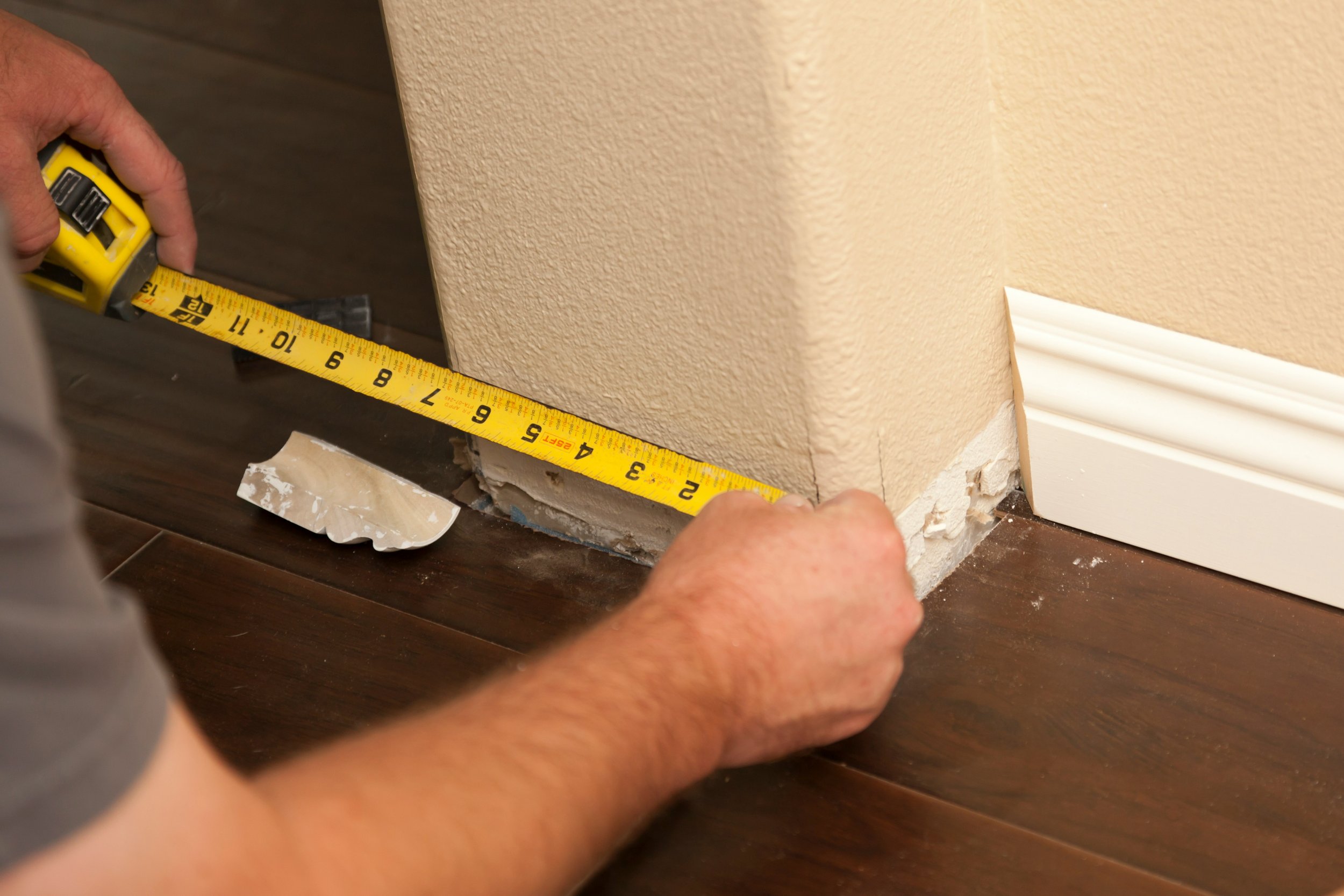How to Choose the Right Paint for Basement Walls
Discover how to choose the right paint for basement walls with our comprehensive guide. Learn about moisture considerations, paint types, application techniques, and maintenance tips to enhance your basement space.
When it comes to home improvement, the basement often gets overlooked. But it shouldn’t! With the right paint, your basement can transform from a dim, dreary storage area into a vibrant, usable space. Whether you’re planning to turn your basement into a cozy den, a home office, or a play area for the kids, choosing the right paint for those walls is crucial.
But hold on a minute! Painting basement walls isn’t just about picking your favorite color. You’ve got to consider moisture levels, wall materials, and the overall look you want to achieve. In this guide on How to Choose the Right Paint for Basement Walls, we’ll walk you through everything you need to know to make an informed decision. So, grab a cup of coffee, settle in, and let’s get started on your basement makeover!
Why Paint Your Basement Walls?
1. Enhance Aesthetics
A fresh coat of paint can completely transform your basement, replacing dingy gray walls with vibrant colors that reflect your personal style. This simple update can create a welcoming and lively atmosphere in your space!
2. Protect Against Moisture
Basement walls are often susceptible to moisture and mold, making it essential to choose the right paint. Opt for moisture-resistant and mold-inhibiting paint to provide an extra layer of protection, ensuring a healthier and more durable environment in your basement.
3. Increase Home Value
A well-finished basement can significantly boost your home’s value. By investing in quality paint and appropriate wall treatments, you create functional living space that potential buyers will appreciate, enhancing both aesthetics and utility in your home.
4. Improve Air Quality
Using low-VOC (volatile organic compounds) paint enhances air quality in your basement, making it a healthier environment. This is especially crucial in enclosed spaces where air circulation is limited, helping to reduce harmful emissions and odors.
Factors to Consider When Choosing Paint
1. Moisture Levels
Before you even think about paint, you need to assess the moisture levels in your basement. This is crucial because basements are prone to dampness, which can lead to mold growth if not properly managed.
Conduct a Moisture Test: To check for moisture, tape a small piece of plastic wrap to the wall and leave it for 24 hours. If condensation forms on the underside of the plastic, you’ve got moisture issues to address before painting.
Consider a Dehumidifier: If your basement is frequently damp, investing in a dehumidifier can help reduce moisture levels.
2. Wall Materials
Basements feature various wall types, including drywall, concrete, cinder block, and paneling. Each material necessitates specific paint formulations and preparation methods, ensuring optimal adhesion and finish for a lasting and visually appealing result.
Concrete Walls: Use a paint specifically formulated for masonry, as this type will adhere better and provide better protection against moisture.
Drywall: You can use standard interior wall paint, but make sure to apply a primer first to seal the surface and prevent peeling.
Cinder Block: Opt for specialized block filler paint, which can fill in the pores and provide a smoother finish.
3. Desired Finish
The finish you select for your basement walls significantly impacts both their aesthetic appeal and durability. Options like matte, satin, or semi-gloss provide different levels of sheen, influencing how well the paint withstands wear and how easily it can be cleaned.
Flat Finish: Good for hiding imperfections, but may not be as washable or durable.
Eggshell or Satin Finish: Offers a slight sheen, making it easier to clean while still hiding wall flaws.
Semi-Gloss or Gloss Finish: Highly durable and easy to clean, making it perfect for high-traffic areas or spaces that may be exposed to moisture.
4. Color Selection
Choosing the right color can dramatically impact the ambiance of your basement. Here are a few tips:
Light Colors: If your basement is small or lacks natural light, consider light colors to make the space feel larger and more open.
Bold Colors: For larger basements or spaces with plenty of natural light, bold colors can add character and make a statement.
Accent Walls: If you want to add interest without overwhelming the space, consider painting one wall a different color to create an accent wall.
5. Low-VOC and Eco-Friendly Options
As mentioned earlier, low-VOC paints are great for improving indoor air quality. Here are some benefits:
Healthier Environment: Low-VOC paints emit fewer harmful chemicals, making them safer for your family.
Better for the Planet: Choosing eco-friendly options helps reduce your environmental footprint.
Steps to Prepare for Painting
Once you’ve chosen the right paint, it’s time to prepare your space for application. Follow these steps:
Step 1: Clean the Walls
Remove Dust and Debris: Start by using a broom or vacuum to thoroughly clear away any dust and cobwebs from the walls and corners of your basement. This preparation step ensures a clean surface for painting and helps achieve better adhesion.
Wash the Walls: For concrete or block walls, scrub with a solution of water and mild detergent to remove any mold or stains. Rinse well and allow to dry completely.
Step 2: Repair Any Damage
Fill Cracks and Holes: Use a concrete patching compound to fill in cracks, and allow it to dry according to the manufacturer’s instructions.
Step 3: Prime the Walls
Apply Primer: If you’re painting raw concrete, cinder block, or drywall, applying a primer is essential for adhesion. Use a roller for larger areas and a brush for corners.
Step 4: Gather Your Tools
Before you start painting, make sure you have everything you need:
Paint rollers and brushes
Paint tray
Drop cloths to protect floors and furniture
Ladder for reaching higher areas
Painter’s tape for clean edges
How to Apply the Paint
Step 1: Start with the Edges
Cut In First: Begin by using a paintbrush to "cut in" around the edges of walls, doors, and windows. This technique involves painting a straight line where the wall meets the ceiling or floor, ensuring clean and precise edges for a polished finish.
Step 2: Roll on the Paint
Use a Roller: Dip your roller into the paint, rolling off any excess before applying it to the wall. Start at the top and work your way down, overlapping sections to ensure a smooth and even finish throughout the surface.
Step 3: Apply Multiple Coats
Let It Dry: Allow the first coat to dry completely before applying a second coat. This step is crucial for achieving better coverage and ensuring a professional, polished finish that enhances the overall appearance of your basement walls.
Step 4: Finishing Touches
Remove Painter’s Tape: Carefully remove painter’s tape while the paint is still slightly wet to avoid peeling.
Touch Up: Once everything is dry, check for any missed spots and touch them up as needed.
Maintenance Tips for Painted Basement Walls
Once you’ve transformed your basement with a fresh coat of paint, it’s essential to keep it looking good. Here are some maintenance tips:
1. Regular Cleaning
Dust and Clean: Use a damp cloth to wipe down the walls regularly. This simple task helps keep dust and allergens at bay, ensuring your painted surfaces remain clean and maintain their appearance for a longer time.
2. Check for Moisture
Monitor Humidity: Monitor the humidity levels in your basement regularly. If you notice any signs of moisture or mold developing, address the issue immediately to prevent further damage and maintain a healthy environment in your space.
3. Touch-Up Paint
Keep Extra Paint: Keep some leftover paint for touch-ups. Having the same paint on hand for future repairs ensures that your basement maintains a consistent appearance and can help you address any wear or damage over time.
Conclusion
Choosing the right paint for your basement walls can transform the space from drab to fab! By following this How to Choose the Right Paint for Basement Walls guide, you’ll not only select the perfect paint but also ensure your basement remains a cozy and inviting environment.
Whether you opt for a calming light hue or a bold statement color, remember to consider factors like moisture levels, wall materials, and the type of finish you desire. With the right prep and paint, your basement will become a space you truly enjoy!
So go ahead, roll up your sleeves, and embark on this exciting project. Your newly painted basement will thank you! Happy painting!
Frequently Asked Questions
1. Can I use regular wall paint in my basement?
While you can use regular wall paint, it’s better to choose paints specifically formulated for basement walls to ensure better adhesion and moisture resistance.
2. How often should I repaint my basement walls?
Depending on wear and tear, you might need to repaint every 5 to 10 years, or sooner if you notice discoloration or peeling.
3. Is primer necessary for basement walls?
Yes, primer helps with adhesion, especially on bare or porous surfaces, and provides a uniform base for the paint.
4. What if my basement walls have mold?
If mold is present, treat it before painting with a mold-killing solution. Ensure the area is dry and well-ventilated before painting.
5. Can I paint over old paint in the basement?
If the old paint is in good condition and well-adhered, you can paint over it. However, a coat of primer may help with adhesion and prevent peeling.












